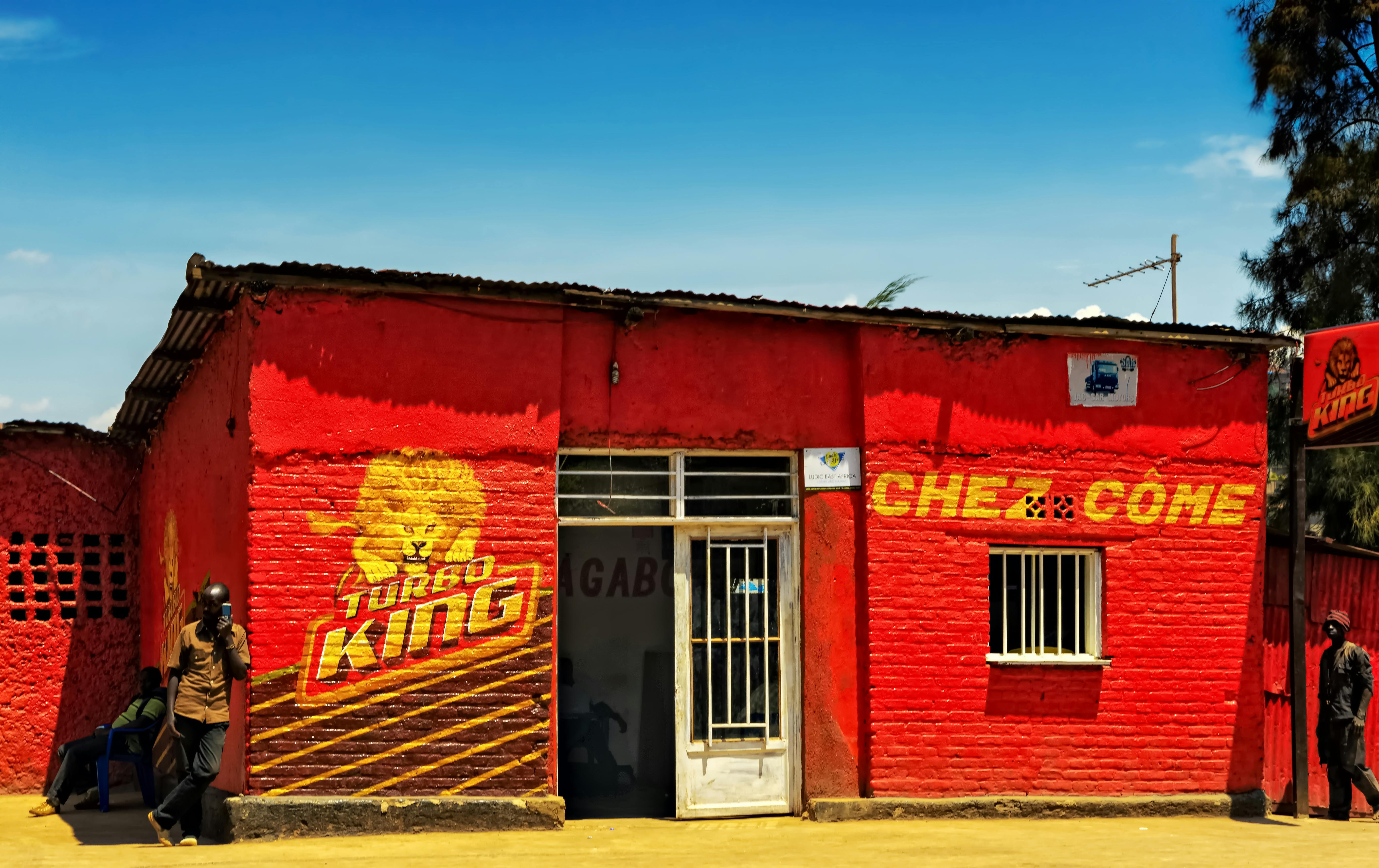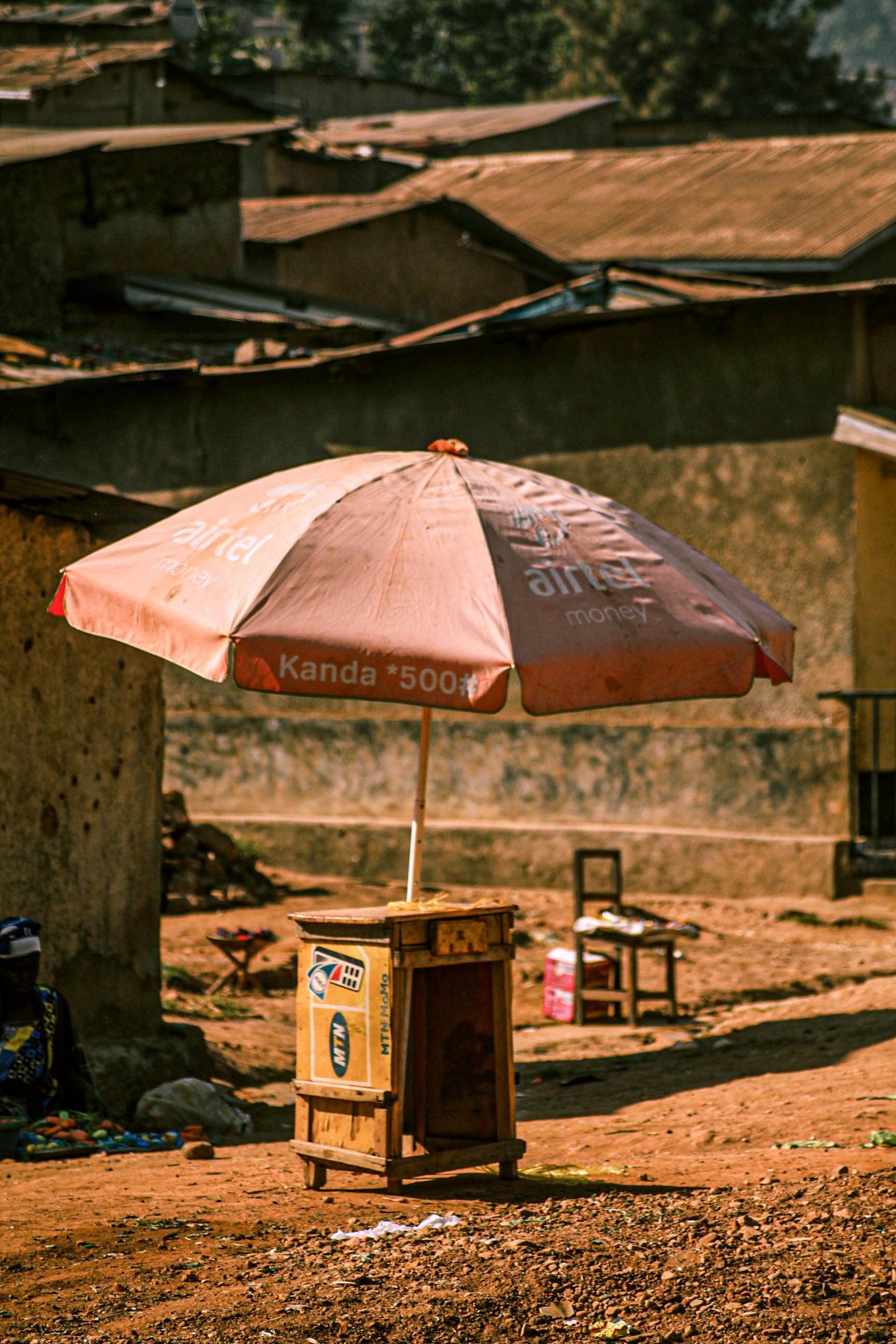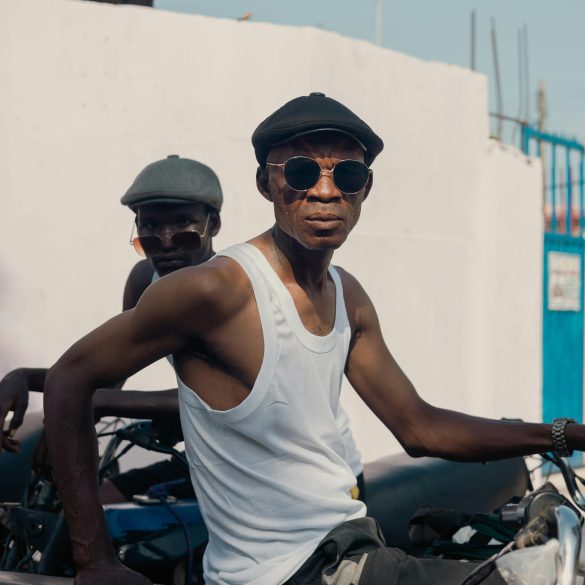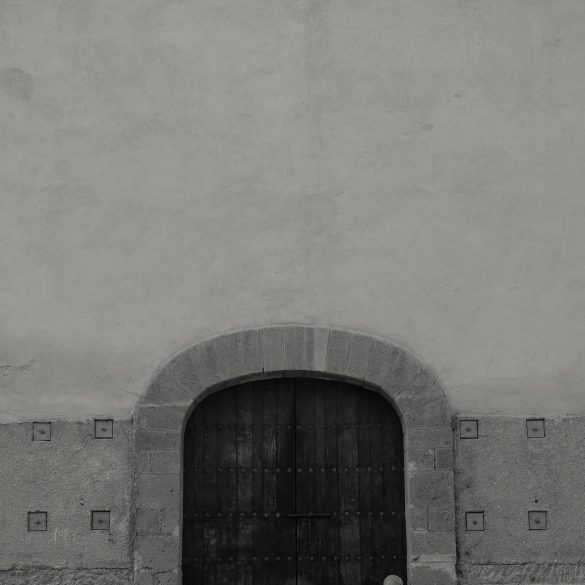Rwanda’s Economic Boom: Growth Drivers, Lessons, and Future Challenges
How does a country synonymous with tragedy three decades ago now become the case study for African economic transformation? As someone obsessed with how nations rebuild—not just in theory, but in the everyday shuffle of markets, new skyscrapers, and changed mindsets—Rwanda keeps pulling me back. I remember a panel at the African Investment Forum in Johannesburg just before the pandemic—Rwanda’s Minister for Trade, beaming, talked about leapfrogging development “because we had no other choice.” The room vibrated with both skepticism (“Is it real?”) and excitement (“Can we replicate it?”). That’s the paradox, right? Rwanda’s GDP per capita has tripled since 20001, poverty has plummeted, but murmurings about strict government control and the real undercurrents persist. In this deep-dive, I’ll try to answer the biggest questions: What’s fueling Rwanda’s boom? What’s beneath the glossy surface? And, crucially—what happens next?
Rwanda’s Growth Story: A Rapid Overview
I want to level with you before we dive into the statistics. Numbers can be dazzling, but Rwanda’s growth is, frankly, not about a single data set or a stunningly smooth GDP curve (though it’s had plenty of that). The “Rwandan miracle”—as Fortune and The Economist both termed it2—is the story of a nation reconstructing itself top to bottom, and sometimes sideways, after one of the grimmest episodes in modern history.
Today, Rwanda posts a real GDP growth averaging around 7% per year for nearly two decades3. Life expectancy at birth has risen dramatically—from just 48 years in 2000 to nearly 70 today4. Literacy and education access? Night-and-day improvements. The country’s “Vision 2020” (and more recently, “Vision 2050”) didn’t just focus on economic numbers—they made technology adoption, gender equity, and environmental sustainability central pillars—a move that, in my view, sets Rwanda apart from some fast-growing, but less forward-looking, African peers.
Quick Data Snapshots (2000 vs. 2024):
| Indicator | 2000 | 2024 | % Change |
|---|---|---|---|
| GDP per capita (USD) | $220 | $950 | +332% |
| Poverty Rate | 60% | 38% | -37% |
| Life Expectancy (years) | 48 | 69.6 | +45% |
| Mobile Penetration | <15% | >85% | +467% |
If you’re familiar with development economics, these trends don’t happen by accident, especially not in landlocked, resource-scarce nations like Rwanda. So what’s at the root of this radical shift?
Core Drivers of the Rwandan Boom
Let me start by stating a potentially controversial truth: Rwanda’s boom isn’t the product of any single magical reform. In fact, I’d argue it’s the result of almost orchestrated, relentless experimentation—a willingness to adapt, pivot, and sometimes force change in stunning ways.
- Government-Led Vision: Strategic planning (Vision 2020/2050), huge investments in infrastructure, and unfailing top-down discipline.
- Social Cohesion: Post-genocide reconciliation, “Ndi Umunyarwanda” identity, and strong anti-corruption norms.
- Technological Leapfrogging: Huge investments in broadband, Kigali’s “Smart City” vision, and innovations like drone-delivered medical supplies.
- Women’s Empowerment: Over 60% of parliamentarians are women—a global record5. This genuinely shapes policy and signals a new kind of social contract.
Each of these alone might get a country halfway, at best. What strikes me about Rwanda is how aggressively the government layers them, re-testing and adjusting as they go.
How Government Policy Shaped Rwanda’s Economy
All right, let’s get very real for a second. If you strip away the “miracle” headlines, what you find is an administrative state built around two paradoxes: openness to the outside world, and absolute domestic state control. I’ve visited Kigali three times in the last decade. Each visit, you can almost feel the policy machinery humming—nighttime traffic roundabouts patrolled by police, public transport running like clockwork (rare in Africa!), plastic bags banned even at street stalls. Critics will call it “soft authoritarianism,” but honestly, the efficiency is astonishing compared to chaotic neighbors6.
Let’s break down the central policy pillars that have—at least for now—anchored the economic rocketing:
- Zero Tolerance for Corruption: Rwanda regularly tops African rankings for government accountability and transparency7. Bribery isn’t just illegal—it’s socially toxic.
- Massive Infrastructure Development: New airports, fiber optic networks (4,000km+ of cabling), and a wave of new construction in Kigali and secondary cities.
- Health & Education Investment: Universal healthcare (over 90% population coverage), community-based insurance, major teacher training, and aggressive push for English as the main instructional language.
- “Do It Ourselves” Mentality: The government isn’t waiting for foreign aid; it’s engineering homegrown solutions and scaling them—think community health workers, tech incubators, even homebuilt drones with Zipline.
The “Vision 2020” and now “Vision 2050” blueprints aren’t just slogans. They structure every major budget and public investment, emphasizing sustainable development, social welfare, and measured, tech-driven growth. Compare that to regional approaches—a mishmash of policies, too often derailed by patronage or political drama.
“Rwanda’s development model is inextricably linked to the strong central authority of the post-genocide government. It’s not easily exportable, but it’s certainly effective in the Rwandan context.”
The government approach has also stoked the cottage industry of “Rwanda-watchers.” Some praise the country as Africa’s “poster child for stability and clean governance”; others fear its model prizes order over open pluralism8. For investors and development economists, there’s a lesson in ruthless prioritization—and in honest trade-offs.
Private Sector, Entrepreneurship & Regional Integration
Here’s where I have to correct an earlier bias: I used to view Rwanda as state-centric, almost “government obsessed.” But private sector leaders—especially in IT and tourism—are quietly transforming the game. In 2023, Rwanda ranked 38th globally for ease of doing business9, rising above much larger economies including South Africa and Egypt.
- Entrepreneur Scene: Incubators in Kigali, rural startups scaling e-payments, a flourishing creative industry—these didn’t exist 10 years ago.
- Tourism “Rebrand”: Gorilla trekking, eco-lodges, and “Meet in Rwanda” business travel campaigns have become major revenue streams, earning $600M+ in 202210.
- Financial Innovation: High rates of mobile money penetration, progressive fintech policy, and regional banking integration are making cross-border investment easier every year.
Something else that genuinely impresses me—when I visited last year, several young entrepreneurs spoke about seeing opportunity “because the country’s ceiling isn’t fixed.” Rwanda, unlike more established economies, is still writing the rules, and the government is often happy to step back if growth and jobs are created. A rare, but genuine, public-private synergy.
“We started out fixing phones in our backyard. Now, we export software and hardware to five countries. Rwanda is small, but in tech, being small means we can test and scale faster than Lagos or Nairobi.”
Of course, not everyone wins equally. Access to credit for rural entrepreneurs still lags, and old patterns of urban primacy persist. One thing I keep hearing in policy circles: Rwanda won’t unlock the next phase of growth without linking its rural entrepreneurs to bigger regional and international value chains.

Inclusive Growth? Controversies & Social Impact
Talking about Rwanda’s economic success without diving into inclusivity is, frankly, misleading. Here’s why. On one hand, World Bank and IMF praise Rwanda’s rapid, broad-based poverty reduction11. On the other, I’ve spoken with civil society leaders who caution about masked inequality, rural-urban divides, and the social pressure to “toe the line” with official optimism.
- Poverty Reduction: National poverty has plummeted, but “ultra-poverty” pockets remain, especially among elderly and rural women.
- Urban vs Rural: Kigali sparkles—literally. But secondary towns are catching up slower, and rural incomes have plateaued in the last 3 years. Agriculture, though modernizing, is still vulnerable to shocks.
- Human Rights & Expression: International watchdogs, like Human Rights Watch, warn that civic space remains tightly controlled12.
In my own interviews—from tech entrepreneurs in the capital to farmers in Huye—the difference in perspective is stark. Urban elites describe a “can-do” culture; rural farmers wonder aloud about market access and, this year, about extreme weather.
“We’ve made progress, but for my neighbors, progress is not felt until they see food on the table—every day, not only in good years.”
I’m not just repeating human rights talking points here. There’s genuine pride in Rwanda’s cohesion—but the government’s vision sometimes leaves little room for open dissent. Here’s a mental check for readers: economic progress can go hand-in-hand with state pressure; one doesn’t cancel out the other.
| Challenge | Progress | Ongoing Issues | NGO/Government Response |
|---|---|---|---|
| Education | Universal primary (98%+ enrollment) | Quality in rural areas, English transition | Teacher upskilling, digital curriculum |
| Healthcare | Community-based coverage (90%+) | Urban-rural specialist gap | NGO partnerships, rural clinics |
| Gender Equity | World #1 in women’s parliamentary representation | Rural income gap, single mothers’ economic rights | Microcredit for women, family planning services |
Which brings us back to the perennial question: can Rwanda’s boom last?
What’s Next? Risks, Reforms, and Forecasts
Let me get this out there: uncritical optimism is, in my view, neither honest nor useful. Rwanda faces headwinds—external and internal—that could reshape the boom narrative in coming years.
- Landlocked Vulnerability: Import/export costs are high. Even with regional integration, Rwanda’s location means every global shock hits harder.
- Aging Demographics: By 2050, the working-age population will plateau. Growth must become innovation-driven, not just labor-intensive.
- Debt & Fiscal Pressure: Infrastructure takes money, and foreign debt is rising. Can domestic revenues pick up the slack?
- Political Model Questions: How long can a highly centralized, “order-first” system deliver healthy dissent along with stability?
- Climate and Environment: From drought to flash floods, Rwanda faces mounting climate risk with direct hits to agriculture and rural livelihoods13.
“Rwanda is navigating the most delicate stage of its post-genocide transformation: maintaining rapid growth while expanding inclusivity. The world will judge its success by how well it balances the two.”
So, the smart money? Track Rwanda’s ability to shift from “catch-up” to innovation leader in the region. Watch reforms in the judiciary, civil society, and green investment flows. And keep a skeptical, but open mind—success, in hindsight, always looks linear, but history reminds us it almost never is.
Did You Know? Quick Country Fact
One of my favorite moments from my last Kigali visit: waking up in a city hotel—windows open, mist rolling off the hills, city already humming by 6am. Not an anecdote you expect for a country that, less than thirty years ago, was best known for horror.
- Monitor reform progress in tech, education, and tourism for partnership entry points
- Build regional collaborations; don’t silo initiatives within Rwanda alone
- Engage with both government and local entrepreneurs for rapid scalability
- Review the Rwanda Development Board for updated legal and investment information
Conclusion: Rwanda’s Boom—A Model, a Mirage, or Something Else?
I set out to answer whether Rwanda’s economic boom is an isolated miracle, a blueprint for other nations, or an illusion resting on state-driven optimism and international applause. My honest answer? It’s all three—depending on what lessons you draw and how rigorously you question the data and stories behind the headlines.
I’ve learned (sometimes the hard way) that rapid growth stories are always more complex than they look—contradictions are the norm. Rwanda, for all its structuring and orderliness, is living proof that even the most “engineered” economic progress is subject to both dazzling acceleration and hidden risks. But as a long-time analyst (and sometimes critic) of development narratives, I wouldn’t bet against Rwanda’s ability to match ingenuity to adversity, again and again.
“Development is not about perfection but about resilience—about reinvention when others expect collapse.”
One closing thought: keep an eye not just on the megaprojects or speeches in parliament—watch the small businesses, the rural clinics, and the opening of neighborhood markets each weekend. That’s where the “real” boom either takes root or fizzles.
References & Further Reading



